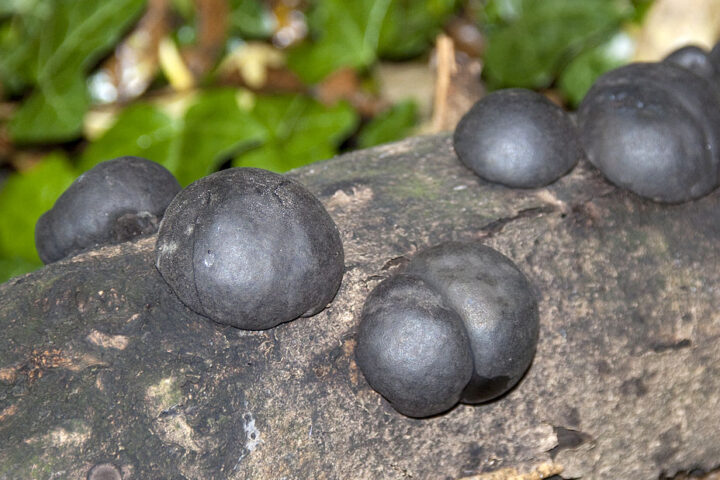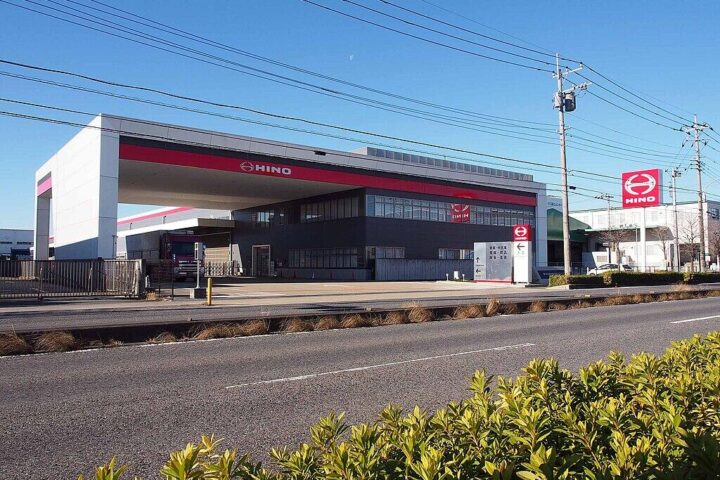The Shenzhen Institute of Advanced Technology (SIAT) and Harbin Institute of Technology have pioneered a sunlight-driven method to turn wastewater contaminants into valuable chemicals. This method is a green leap forward in chemical manufacturing. Their research made its debut in Nature Sustainability on October 16, 2023. Current chemical production methods consume a lot of energy and harm the environment.
Semiconductor Biohybrids: The Solar Solution
Semiconductor biohybrids, blending light-capturing materials with living cells, offer a solar solution for chemical creation. The real test is making this tech both affordable and eco-friendly at a larger scale. The team’s genius lies in using wastewater’s organic carbon, heavy metals, and sulfates to craft these biohybrids. Once formed, these biohybrids get to work, turning pollutants into useful chemicals.
Challenges with Wastewater
Industrial wastewater’s mix of pollutants, especially toxic metals and intricate contaminants, is tough for bacteria to handle. Add high salt and oxygen levels, and you need special bacteria that can manage aerobic sulfate reduction. Enter the marine bacterium Vibrio natriegens, chosen for its salt-tolerance and diverse carbon diet.
Biohybrid Production and Goals
By tweaking V. natriegens to have an aerobic sulfate reduction pathway, it could spawn semiconductor biohybrids right from wastewater. Their main chemical goal? Producing 2,3-butanediol (BDO), a key commercial chemical. With some genetic tweaks, the bacteria churned out hydrogen sulfide, essential for making light-absorbing CdS nanoparticles. These friendly nanoparticles made it possible to craft semiconductor biohybrids on the spot, letting bacteria that don’t usually use light do just that.
Similar Posts
Results and Scalability
When activated by sunlight, these biohybrids boosted BDO production, outdoing what bacteria could achieve solo. Scaling up was a success, with sunlight-powered BDO production tested in a 5-liter setup using genuine wastewater. Prof. GAO Xiang highlighted the biohybrid’s eco-friendliness and cost-effectiveness. This biohybrid method trumps both old-school bacterial fermentation and fossil fuel-driven BDO production in eco-friendliness. A standout feature? These biohybrids can be crafted from diverse wastewater sources.
Future of Chemical Manufacturing
The ultimate aim? Championing eco-friendly chemical manufacturing for a brighter future. Merging living cells with semiconductor materials, semiconductor biohybrids can reshape the chemical production world. The team’s method turns wastewater pollutants into these biohybrids right where they are, ready for large-scale solar chemical conversion. The tweaked V. natriegens can use wastewater’s metal ions, sulfate, and organics to whip up functional semiconductor nanoparticles.
Achievements and Implications
A unique pathway in the biohybrids lets them produce 2,3-butanediol from wastewater’s organic content. With these biohybrids, BDO production hit 13.09 g/l in a sunlit 5-liter fermenter using wastewater. Life-cycle checks show this biohybrid approach has major green advantages over conventional 2,3-butanediol methods. This work could supercharge solar biomanufacturing and shift us from waste to wealth. The research emphasizes the need for cleaner methods and a move to a circular economy.
“The biohybrid platform not only boasts a lower carbon footprint but also reduces product costs, leading to an overall smaller environmental impact when compared to both traditional bacterial fermentation and fossil fuel-based BDO production methods. Remarkably, these biohybrids could be produced using a variety of wastewater sources.”
Prof. GAO Xiang from the Shenzhen Institute of Advanced Technology (SIAT) of the Chinese Academy of Sciences and Prof. LU Lu from the Harbin Institute of Technology
Future Prospects
Combining living cells with semiconductor tech offers a greener twist to today’s chemical production. Using wastewater pollutants directly to produce semiconductor biohybrids? That’s revolutionary. Showcasing the potential of this method, 2,3-butanediol, with its wide uses, is produced from wastewater organics. This research carves a path to a cleaner, sustainable chemical production future. By tapping into sunlight’s power, we can turn wastewater pollutants into chemical gold. This fresh approach harnesses biology and tech to tackle environmental hurdles. As we face environmental challenges, such innovations light the way to a cleaner world.


















